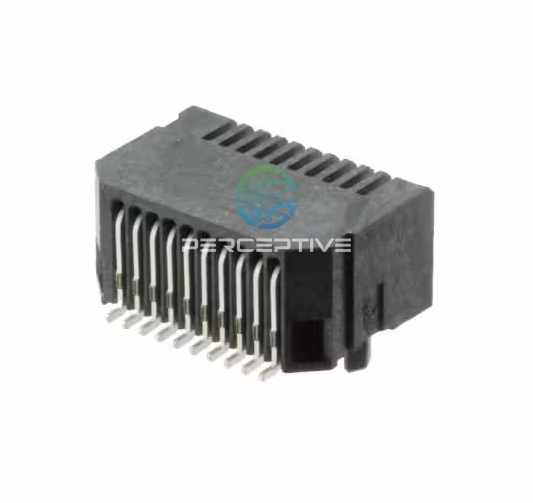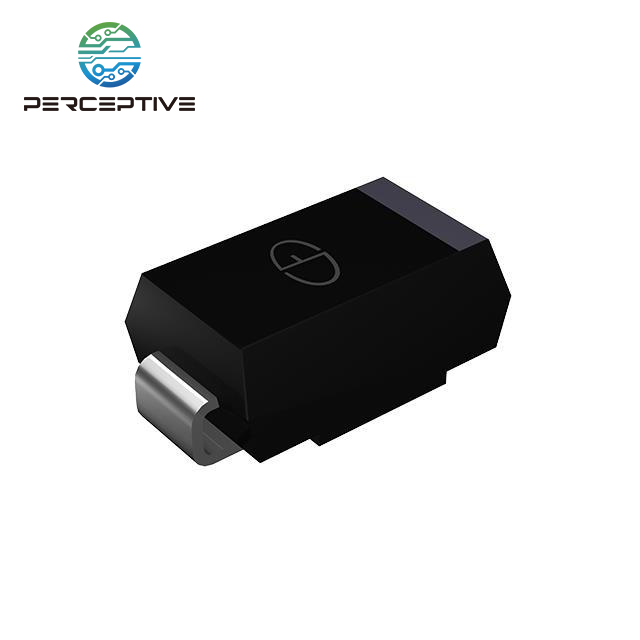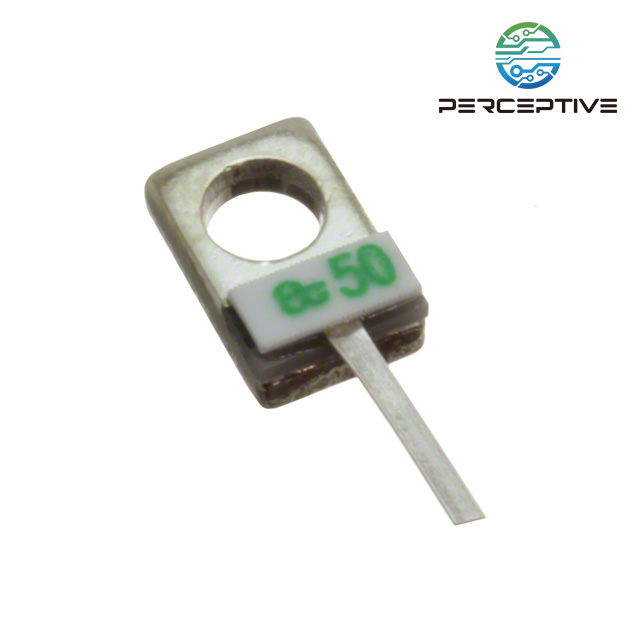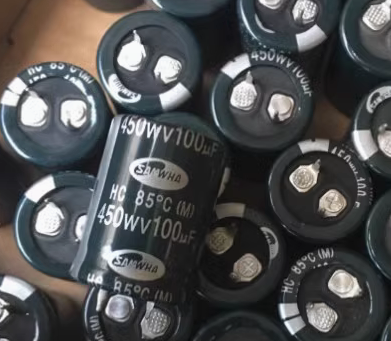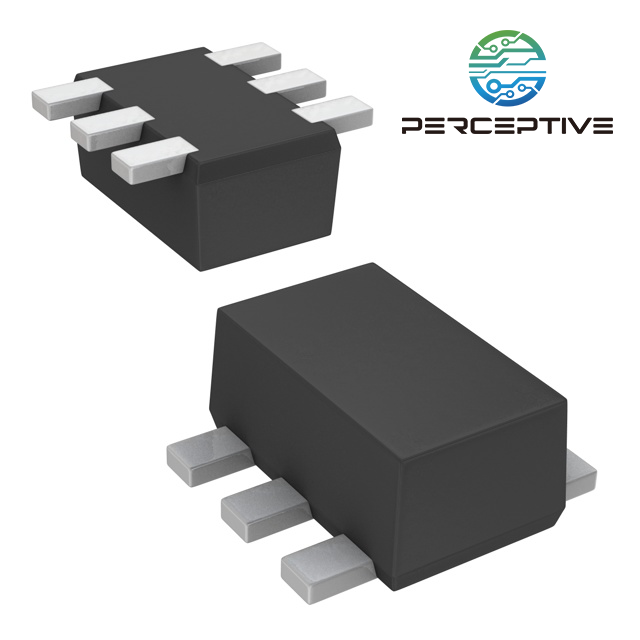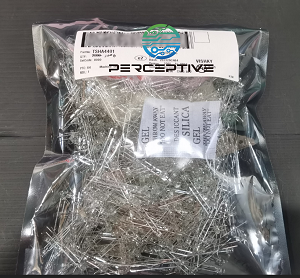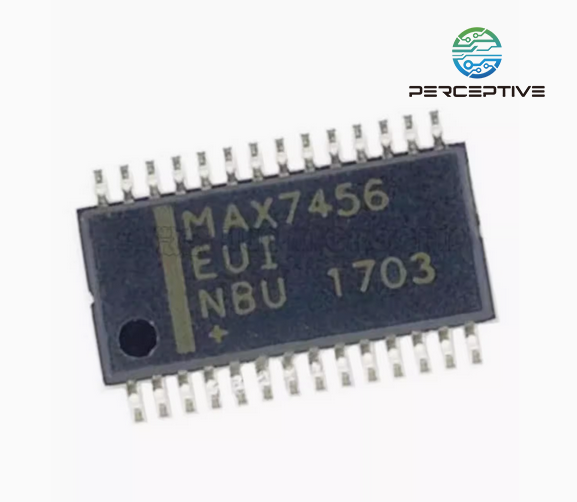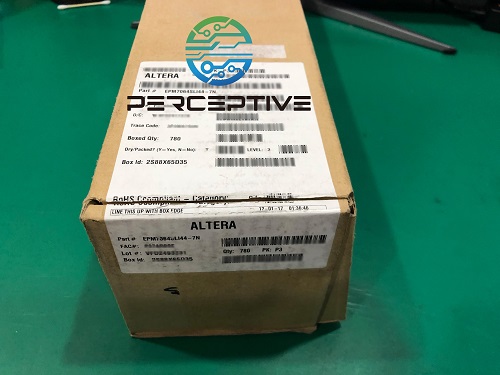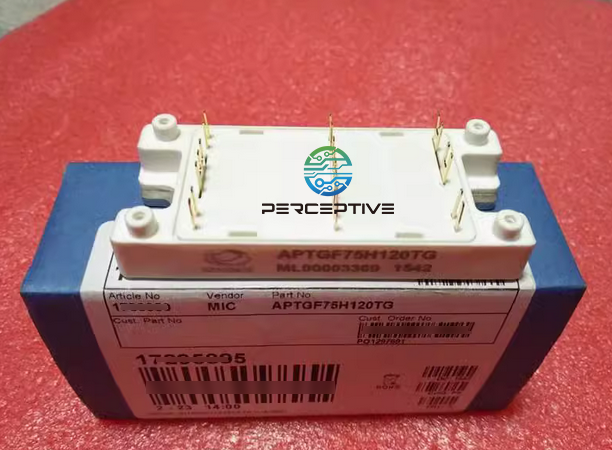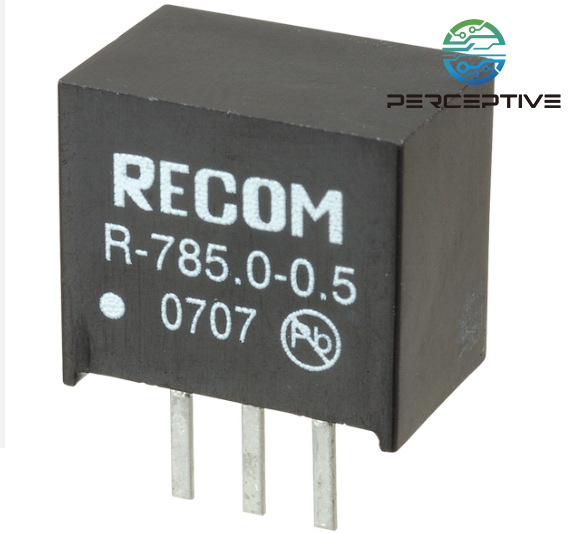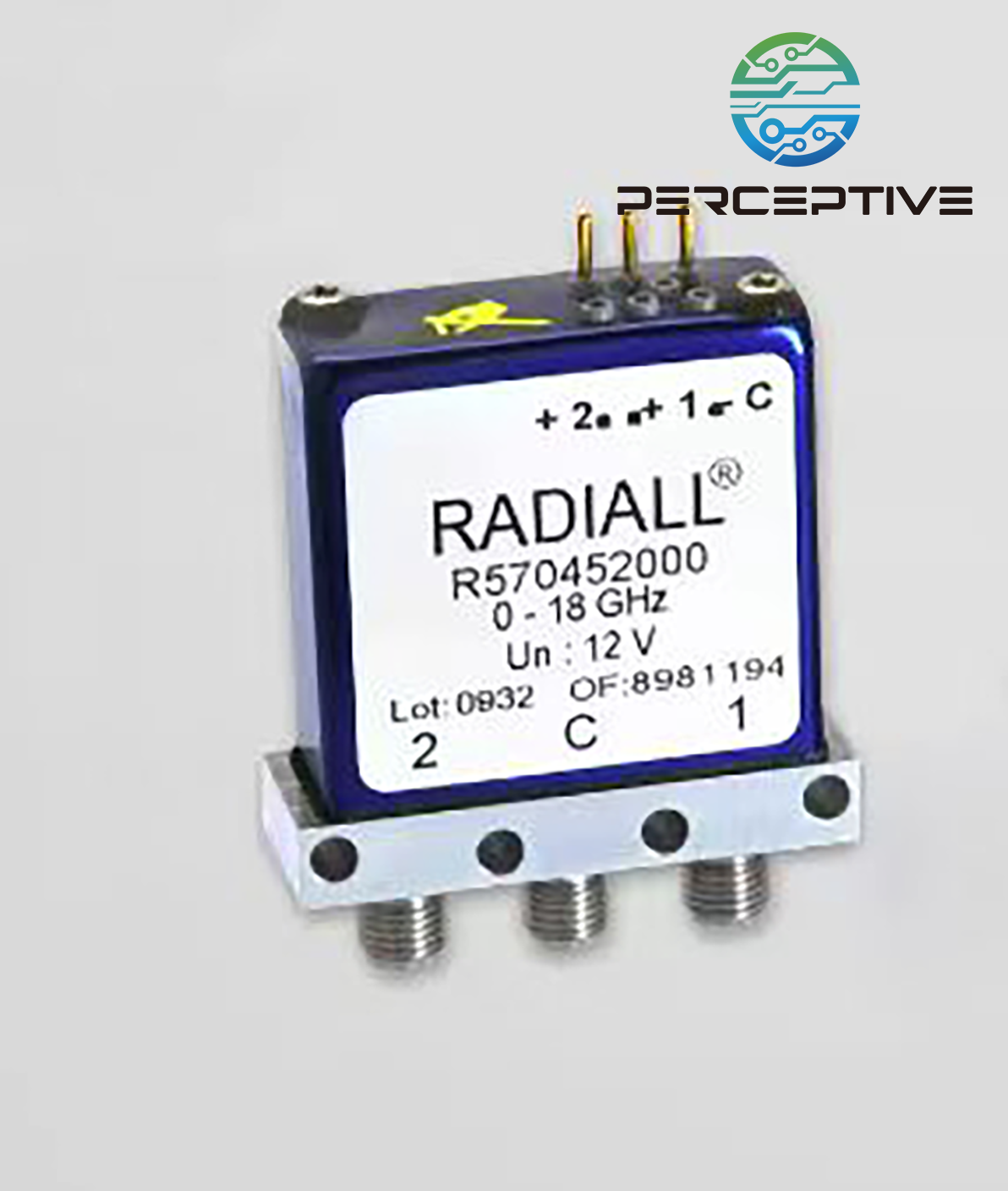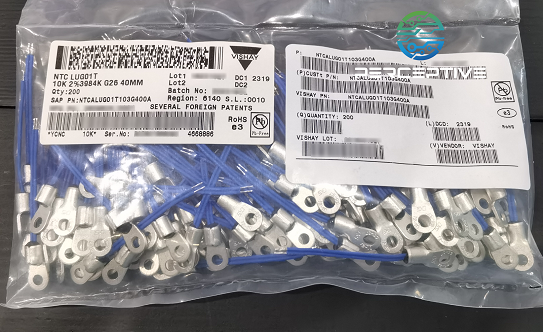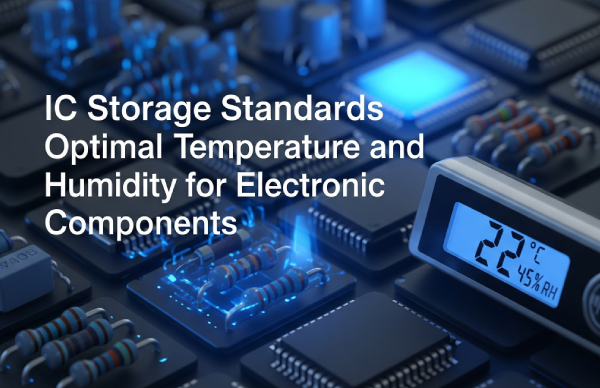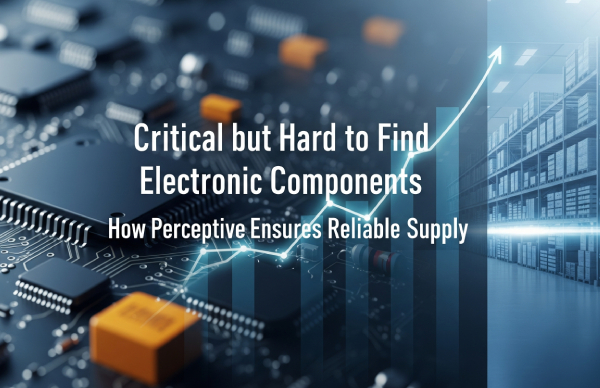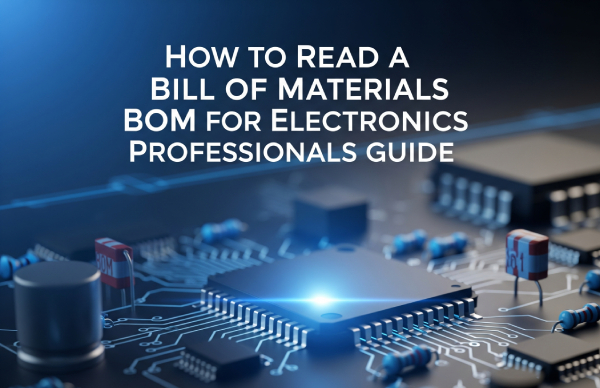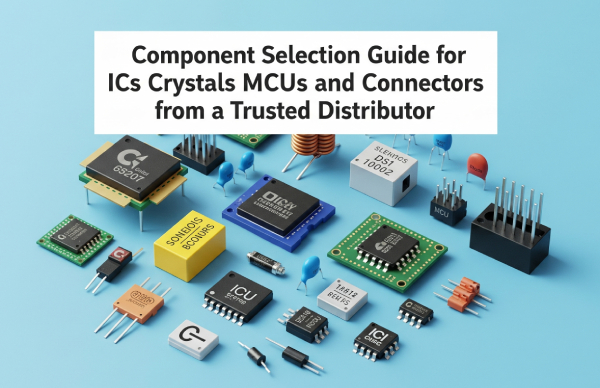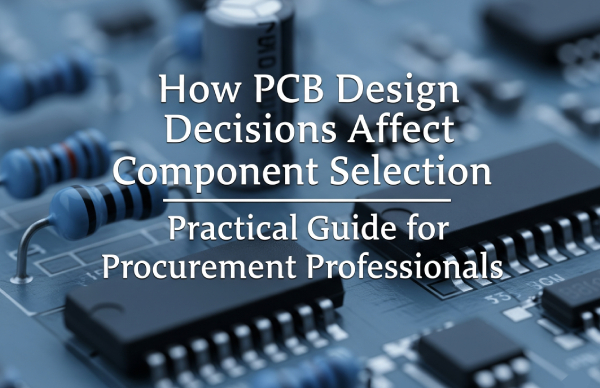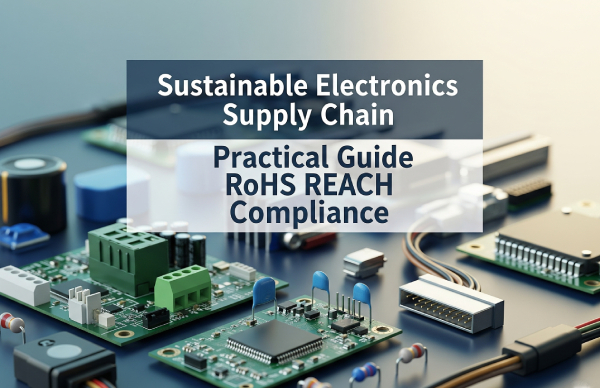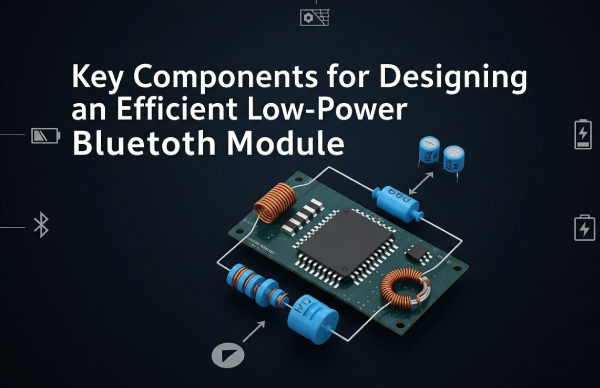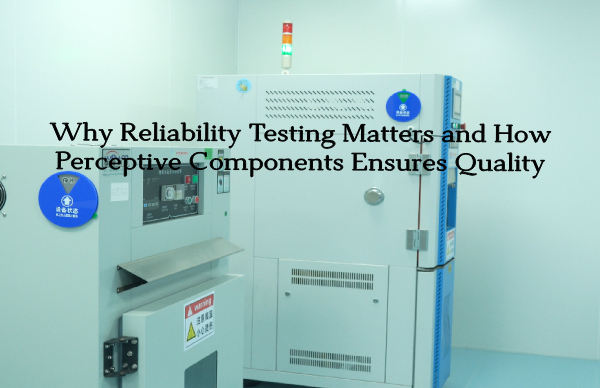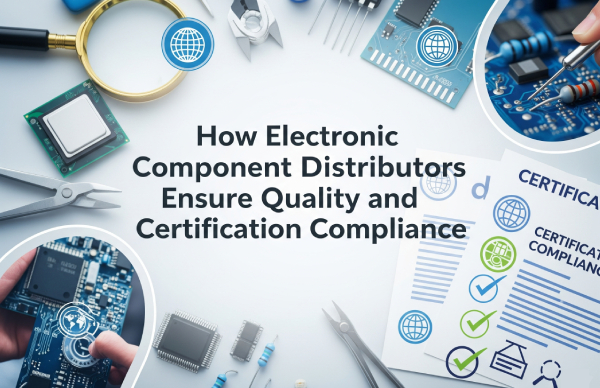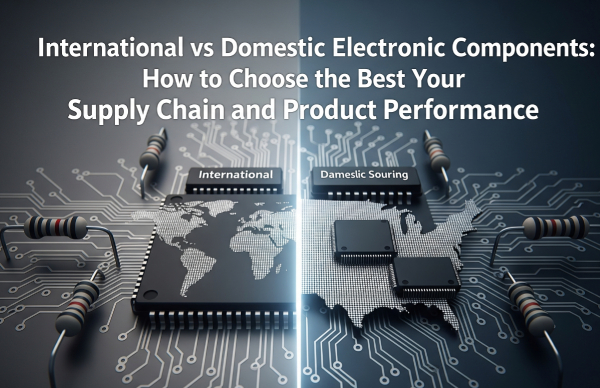In electronic component distribution, how you store your inventory is just as critical as how you source it. Integrated circuits (ICs), especially those in plastic packages, are sensitive to environmental conditions—improper storage can lead to moisture ingress, oxidation, or degraded solderability. This is why temperature and humidity specifications are not optional recommendations, but operational standards. At Perceptive, we treat these standards as part of our quality promise to customers.
Moisture Sensitivity Levels (MSL) — The Starting Point
The foundation of any IC storage plan is its Moisture Sensitivity Level (MSL), as defined in IPC/JEDEC J-STD-020.
MSL 1: Unlimited floor life under ≤30°C/85% RH.
MSL 2–6: Limited exposure before solder reflow; for example, MSL 3 devices allow 168 hours at ≤30°C/60% RH before baking is required.
Higher MSL means more stringent control is needed. If you ignore these ratings, moisture trapped inside the package can expand rapidly during soldering, causing popcorning—a failure mode that can be invisible until in-field operation.
General Warehouse Climate Targets
For mixed IC storage, a safe, general-purpose environment is 15–30°C and 30–60% RH. This range minimizes:
Corrosion on metal terminations.
Moisture uptake by epoxy mold compounds.
Electrostatic discharge (ESD) risks from overly dry air.
While general warehouse conditions work for robust devices, high-MSL ICs require specialized storage zones or equipment to prevent premature exposure.
Moisture Barrier Bags (MBB) and HICs
Moisture-sensitive parts are typically shipped in Moisture Barrier Bags (MBB) with:
Desiccant to absorb residual moisture.
Humidity Indicator Cards (HICs) to show if the inside of the bag stayed within limits.
When receiving stock, check:
Seal date — Many suppliers assign a 12-month sealed shelf life.
HIC color change — If the 10% or 20% spot is pink, moisture has penetrated; the reel may require baking.
Per IPC/JEDEC J-STD-033, any opened MBB starts the clock on floor life, so accurate tracking is essential.
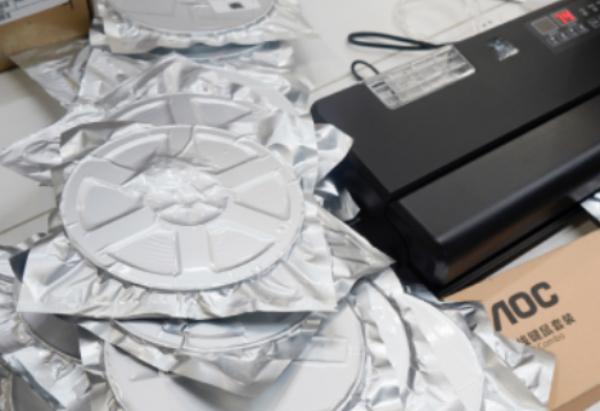
Dry Cabinets — Extending or Resetting Floor Life
A dry cabinet maintains low humidity, typically ≤5% RH, at stable room temperature. Benefits include:
Extending floor life for opened MSL devices.
Avoiding repeated bake cycles, which can oxidize leads.
Acting as an "unlimited shelf life" equivalent for many packages when humidity is kept below 5%.
Advanced models log RH history and recover quickly after the door is opened—important for busy warehouses.
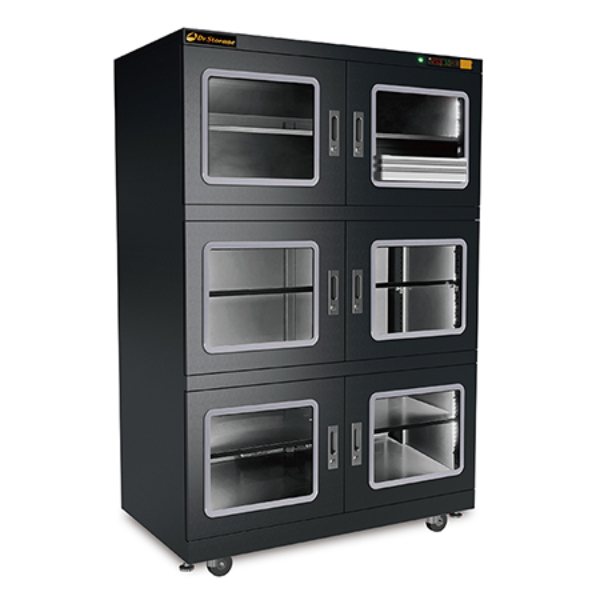
Baking Procedures — When Exposure Limits Are Exceeded
If parts exceed their allowable floor life or the HIC indicates excessive moisture, baking can restore them to a usable state. Common parameters include:
+125°C for 24 hours for typical plastic ICs.
Lower temperature, longer duration for heat-sensitive components.
Always follow the manufacturer's data sheet—different packages, such as QFNs vs. BGAs, may have different thermal tolerances.
Long-Term Storage and Shelf Life
Shelf life is often stated as 12 months sealed, but modern MBBs and improved desiccant chemistry can extend safe storage to 24 months or more if environmental controls are strict. For critical or rare ICs, pairing MBB with dry-cabinet storage provides redundancy. The cost of maintaining these controls is negligible compared to the loss from scrapped or returned parts.
Perceptive's Best Practice Checklist
Classify by MSL at receiving; label with seal date and exposure limit.
Maintain warehouse climate: 15–25°C, 30–50% RH for general storage.
Store MSL ≥3 parts in ≤5% RH dry cabinets after opening.
Check HICs immediately upon opening a bag.
Replace desiccant if resealing parts for extended storage.
Bake only when required, following vendor guidelines.
Log all handling events—opening, resealing, baking—for full traceability.
Train warehouse staff to recognize MSL labels, HIC readings, and climate alarms.
Why It Matters for Your Supply Chain
A component failure due to improper storage can surface months after assembly, leading to warranty claims, recalls, or lost customer trust. By controlling storage temperature and humidity according to IC type and sensitivity, you:
Reduce the risk of latent defects.
Improve first-pass yield during assembly.
Extend usable inventory life, reducing waste.
At Perceptive Components, our environmental controls, tracking systems, and trained personnel ensure that every IC—whether it's an MSL 1 logic gate or an MSL 6 BGA processor—arrives at your facility in peak condition.

